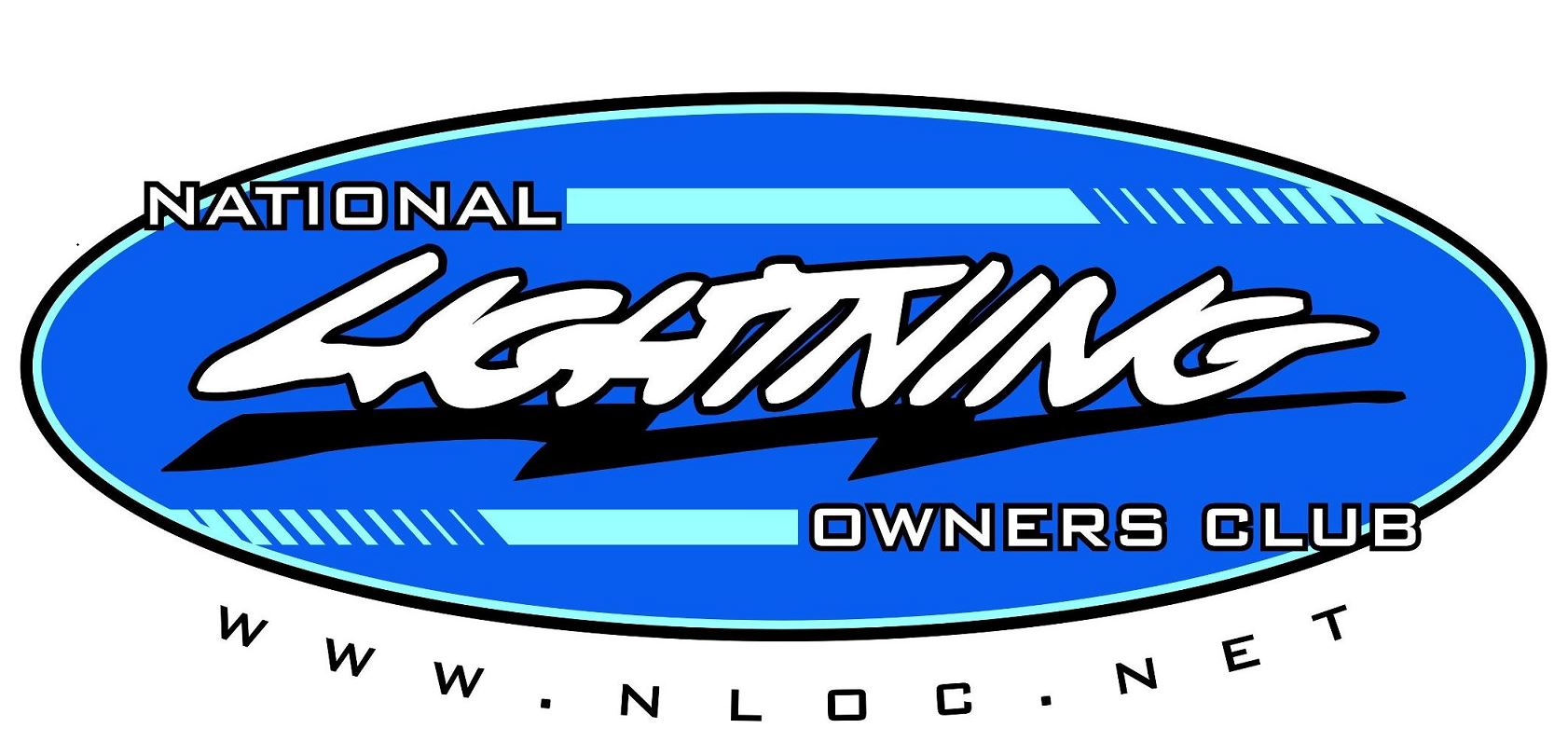oilwell1415
Well-known member
Dug through Raybestos.com a little more and found the excerpt below. Sounds a whole lot like the first thing I posted. Somebody must be pirating stuff from the Raybestos site.
SURFACE FINISH
We’ll finish up with a few comments about surface finish. Smoother is always better because it affects the coefficient of friction, noise, pad seating, pad break-in and wear. As a rule, most new OEM and quality aftermarket rotors have a finish somewhere between 30 and 60 inches RA (roughness average) with many falling in the 40 to 50 RA range. It’s unlikely you’re going to improve this any by "cleaning up the rotors" on a bench lathe prior to installing them. In fact, you may make the finish worse if you cut the rotors too quickly or use bits that are dull.
New rotors should always be installed "as is" — and indexed on the vehicle with a dial indicator to minimize runout. Few technicians take the time to do this, but if they did they’d probably see fewer comebacks because of pedal pulsation complaints.
SURFACE FINISH
We’ll finish up with a few comments about surface finish. Smoother is always better because it affects the coefficient of friction, noise, pad seating, pad break-in and wear. As a rule, most new OEM and quality aftermarket rotors have a finish somewhere between 30 and 60 inches RA (roughness average) with many falling in the 40 to 50 RA range. It’s unlikely you’re going to improve this any by "cleaning up the rotors" on a bench lathe prior to installing them. In fact, you may make the finish worse if you cut the rotors too quickly or use bits that are dull.
New rotors should always be installed "as is" — and indexed on the vehicle with a dial indicator to minimize runout. Few technicians take the time to do this, but if they did they’d probably see fewer comebacks because of pedal pulsation complaints.

